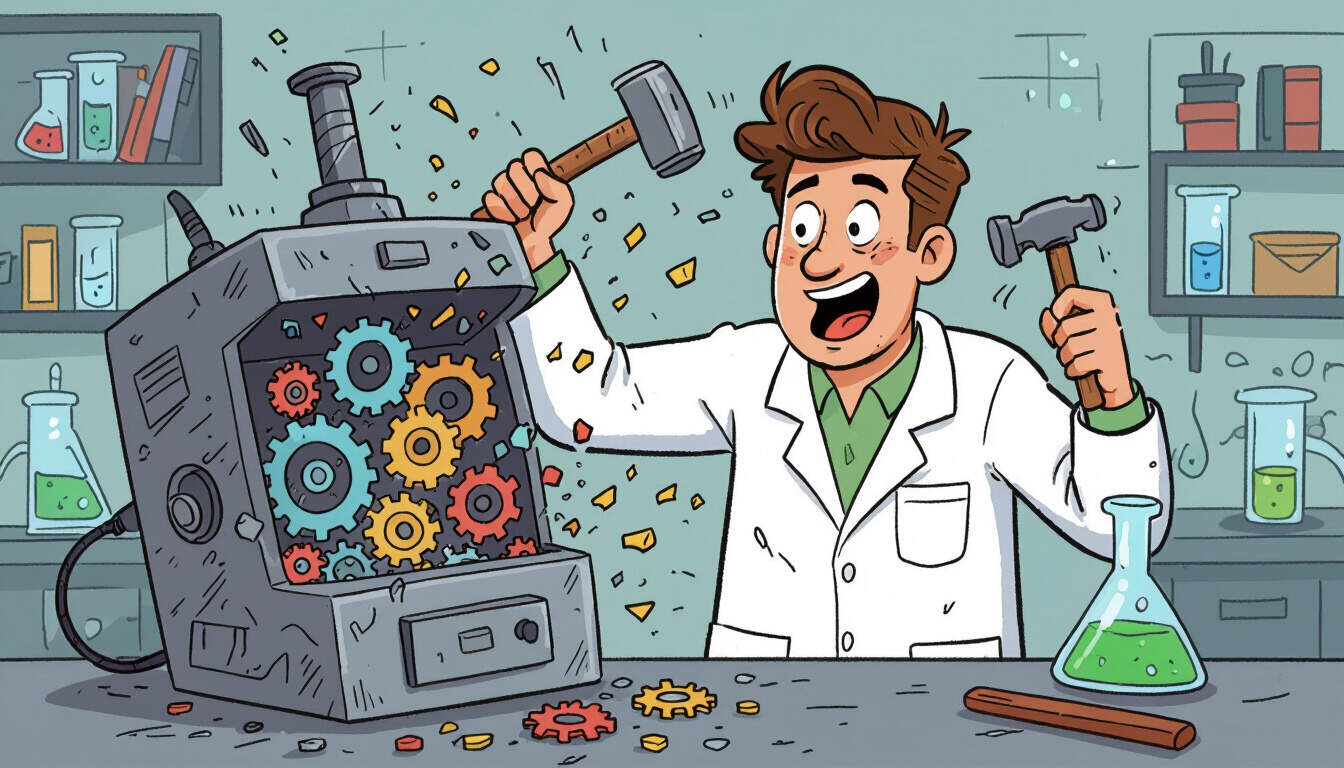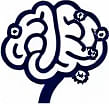First Principles Thinking: A Foundation for Clearer Decisions
 by Verner Mayer
by Verner Mayer
First Principles Thinking breaks down ideas to their basic elements, helping in effective problem-solving and innovation. This approach aids in psychology and business by fostering deeper analysis and better outcomes, making it essential for cognitive growth.

First Principles Thinking serves as a core method for tackling challenges by returning to fundamental truths. This technique involves questioning assumptions and rebuilding knowledge from the ground up.
In essence, it starts with basic building blocks. For instance, First Principles Thinking requires identifying the most elementary facts of a situation. These facts form the base for constructing new ideas.
The concept draws from ancient philosophy. Philosophers like Aristotle explored similar ideas, emphasizing reasoning from first truths. This historical context shows how the method has influenced modern thought.
Applying this in daily life can lead to improved outcomes. People often rely on conventional wisdom, which may not always hold. By using this approach, individuals can avoid pitfalls in decision-making.
Consider business scenarios where it proves valuable. Leaders use it to innovate products. For example, a company might question the core needs of customers rather than following trends. This leads to unique solutions that stand out in competitive markets.
In psychology, it enhances cognitive development. This method encourages critical analysis, helping people overcome biases. Mental habits like overgeneralization can cloud judgment, but breaking problems into basics clarifies thinking.
To implement it effectively, follow a few steps. First, deconstruct the problem by asking what is truly known. Then, reassemble the information into a new framework. Finally, test the results against reality.
Benefits in Professional Settings
Professionals find this approach transformative. In strategy sessions, it uncovers hidden opportunities. Teams that adopt it often see better results in projects, as it promotes thorough examination.
For instance, engineers might apply it to design processes. They start with fundamental physics principles rather than existing models. This can lead to breakthroughs in technology.
Everyday Applications
Beyond work, it aids personal growth. Individuals can use it for financial planning. By questioning spending habits at their roots, one might discover more efficient ways to manage resources.
In education, students benefit from this mindset. It turns learning into an active process, where knowledge is built from core concepts. This fosters lifelong skills in adaptation and creativity.
One challenge is the time it requires. Unlike quick fixes, this method demands patience. However, the long-term gains in clarity make it worthwhile.
Real-World Examples
Figures in innovation often credit this thinking. Entrepreneurs rebuild industries by starting from basics. For example, rethinking transportation fundamentals has led to advancements in electric vehicles.
In health, it informs research methods. Scientists question underlying biological processes, leading to new treatments. This demonstrates its versatility across fields.
Developing the Skill
Building proficiency takes practice. Begin with simple problems, like daily routines, and gradually tackle complex issues. Over time, it becomes a natural habit, enhancing overall cognitive abilities.
In teams, encourage open discussions that challenge norms. This collaborative aspect strengthens group dynamics and outcomes.
Ultimately, embracing this method empowers better choices. It shifts focus from surface-level solutions to deeper insights, benefiting both personal and professional spheres.
As more people integrate it, the potential for innovation grows. Its role in cognitive development continues to evolve, offering tools for a changing environment.
